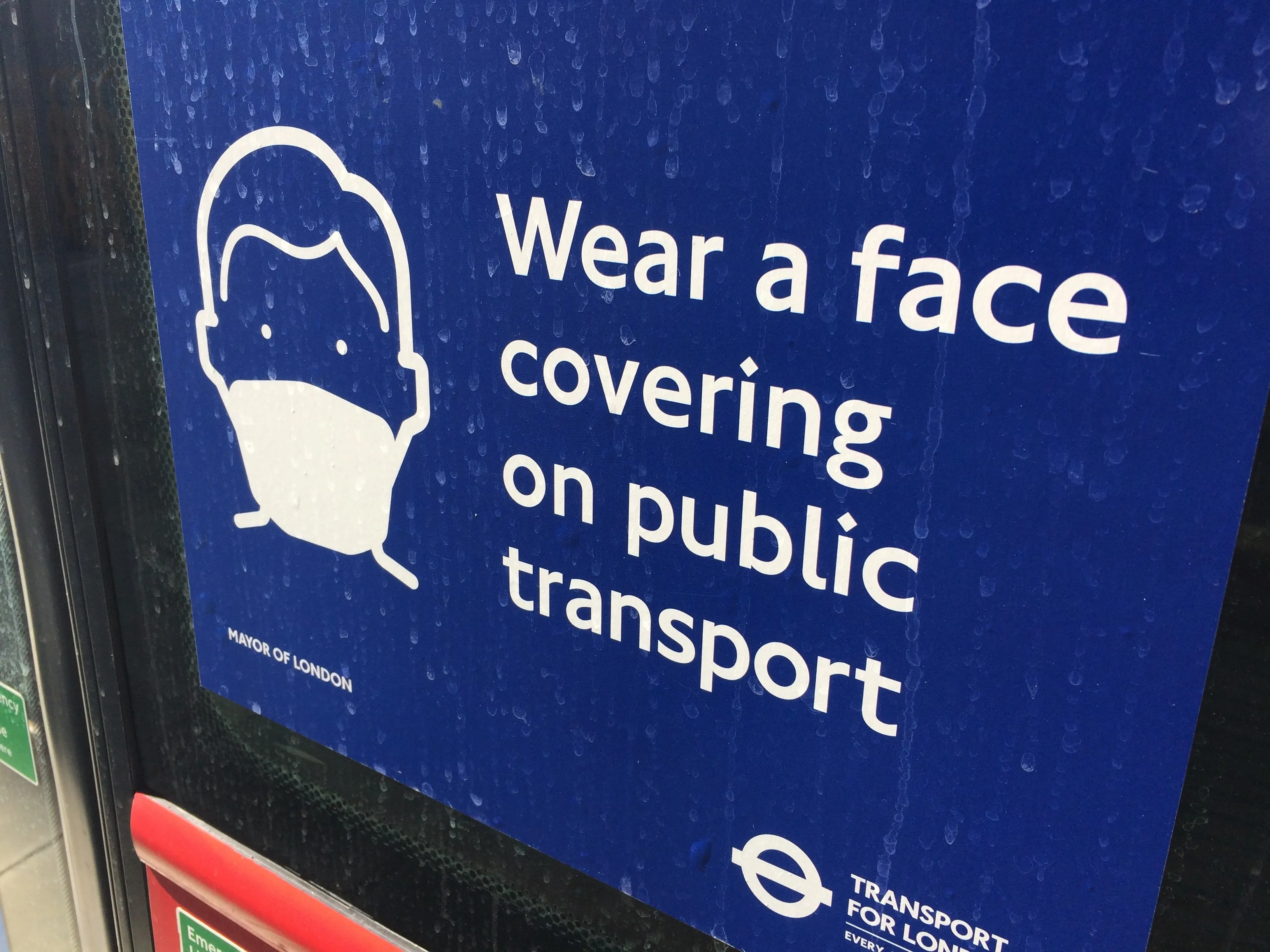
Dubai Taxi Corporation (DTC), a subsidiary of Dubai’s Roads and Transport Authority, has embarked on remote training of its drivers, given the prevailing health concerns.
“DTC has enhanced the remote training system by introducing the Tamkeen system to deliver a variety of training programmes to drivers,” said chief executive Yousef Al Ali.
“Training materials provided include traffic safety guidelines, time and workload management, customer service and educating riders about key internal policies in place.”
Tamkeen, the Arabic word for enablement and empowerment, refers generally to public and private sectors working together towards a common goal.
“Qualified instructors are tasked to deliver training programmes at DTC’s training centre. Full remotely managed training workshops and discussion panels were held using online audio-visual telecommunication systems engaging more than 45 drivers per day. DTC has high operational readiness to cope with emergencies,” he added.
“Introducing an advanced training initiative, such as the remote training of drivers, is part of our efforts to support the nationwide call for taking preventive health and safety measures to safeguard against the spread of coronavirus pandemic,” said Al Ali.










